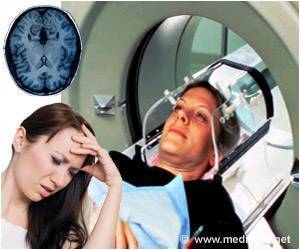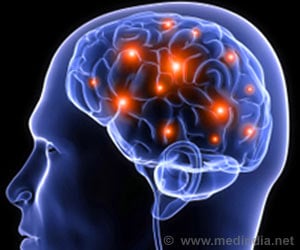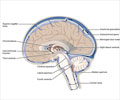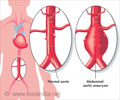Q: Who is the right doctor for Aneurysms?
A: One of the following specialists would be ideal for Aneurysms:
Cardiologist, Neurologist, a General Physician, a Gastroenterologist
Q: What are the complications one can expect in an AAA surgery?
A: The doctor will talk about the risks and benefits of endovascular and open repair approaches. But, you must understand that not all patients need an endovascular repair. Likewise, not all patients need an open repair. An AAA surgery involves risks and probable hitches may include heart-related problems, respiratory or urinary infections, swelling or infections at the site. More severe problems may include kidney problems, colon problems, limb problems and paralysis.
Q: How do I find out whether I have AAA?
A: There are no symptoms for an abdominal aortic aneurysm. But, if symptoms occur, it is common to experience sharp pains in the back or the abdomen. Abnormal pulsations sometimes do accompany this pain. A physician can do a careful palpation or feel the abdomen in order to detect an AAA. However, an abdominal ultrasound or CT scan is most appropriate for detecting this condition.
Q: What is an intracranial aneurysm?
A: An extreme swelling of the wall of an artery is aneurysm. If in the brain, it occurs in a blood vessel branch. Why aneurysm occurs has not been completely recognized. One layer in the wall of the blood vessel is absent and this may not have been present since birth. Blood vessels undergo degenerative changes with aging and may give way to aneurysm formation.
Q: Who may get aneurysms?
A: More women than men are affected by aneurysm. One risk factor is smoking. Commonly, aneurysm occurs at the ages of 40 to 70 years, but sometimes may it develop in young people. People with Marfan’s syndrome, polycystic kidney disease, or coarctation of the aorta are more probable to develop intracranial aneurysms.
Q: What is the meaning of subarachnoid hemorrhage?
A: Spinal fluid surrounding the brain and spinal cord gets ruptured and it is termed as Subarachnoid hemorrhage. This causes pain and other symptoms due to chemical effect of blood on the brain and surrounding structures. Hypertension (high blood pressure), strokes or arteriovenous malformations (AVMs) and head injury are other causes of subarachnoid hemorrhage.
Q: Why are aneurysms considered so dangerous?
A: Until a medical emergency occurs, AAA’s are very silent and cause lot of deaths.
AAA has been referred as "U-boat" in the belly by an author as they are very silent, deep, detectable by sound waves and deadly.
Q: How long will it take to recover, if I have a surgery?
A: You can expect to be in hospital for 2 to 3 days after the endovascular stent grafting procedure and complete recovery would take 4 to 6 weeks. Your doctor will advice you on what to eat and what to do before and after the endovascular stent graft surgery.












